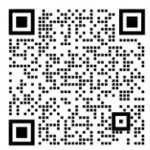
你最近用谷歌搜索过你自己或你的公司吗?
我打赌你有,但这并不意味着你有品牌搜索优化策略。
品牌驱动的搜索不仅仅是您看到的品牌名称排名的 URL。这是一个持续的过程,将带来更高的转化率和更可预测的购买旅程。
让我们从头开始。
什么是品牌搜索?
品牌(也称为品牌驱动)搜索查询是包含您的品牌或产品名称的搜索查询。品牌搜索包括搜索查询,其中包括个人、品牌驱动的词,例如您的 CEO 或作家的姓名。
为什么您的品牌搜索应该是您的营销重点?
这个问题似乎有一个明显的答案。毕竟,伟大的谷歌搜索引擎优化始于你的品牌,所以品牌谷歌搜索引擎优化研究应该是任何公司的首要任务。然而,令人难以置信的是,有多少品牌完全忽略了搜索查询。
品牌搜索至关重要,有几个重要原因:
- 品牌驱动的搜索通常具有很高的意图:在搜索框中输入您的品牌名称的人希望直接访问您的网站或在购买之前对您进行研究。
- 品牌搜索查询显示您当前或未来的客户在使用您的网站或产品时可能遇到的问题。
- 品牌驱动的搜索对于分析您的(和竞争的)品牌周围的在线情绪非常重要。
- 最后(很明显),这些品牌 SERP 中的任何一个都可能影响购买决策,这使它们成为您销售漏斗的一部分。
就像品牌标签一样,您的品牌 SERP 不属于您,并且您无法真正控制人们在那里看到的内容,除非您花费一些时间和精力来优化您自己的品牌搜索。
如何研究您的品牌搜索查询
从您的即时品牌 Google 建议开始
人们刚开始在搜索框中输入您的品牌名称时会看到什么?
品牌驱动的 Google 建议应该是您的首要任务,原因有两个:
- 谷歌建议显示就您的品牌而言人们搜索最多的内容。他们过去一直依赖搜索频率数据,因此搜索特定短语的人越多,该短语在 Google 建议中的显示就越高。
- Google 建议可能(并且很可能会)影响您客户的许多购买决定。想想有人在他们的移动设备地址栏中输入您的品牌名称(为了直接访问您的网站)并看到“品牌名称替代品”作为建议。这个人有多大的机会会好奇地点击那个建议并发现你的竞争对手?根据最近的研究,谷歌搜索者有 23% 的时间使用谷歌的建议之一。这几乎是四分之一的客户已经足够了解您来搜索您的名字。突然间,您正在争夺直接访问您网站的人的注意力:
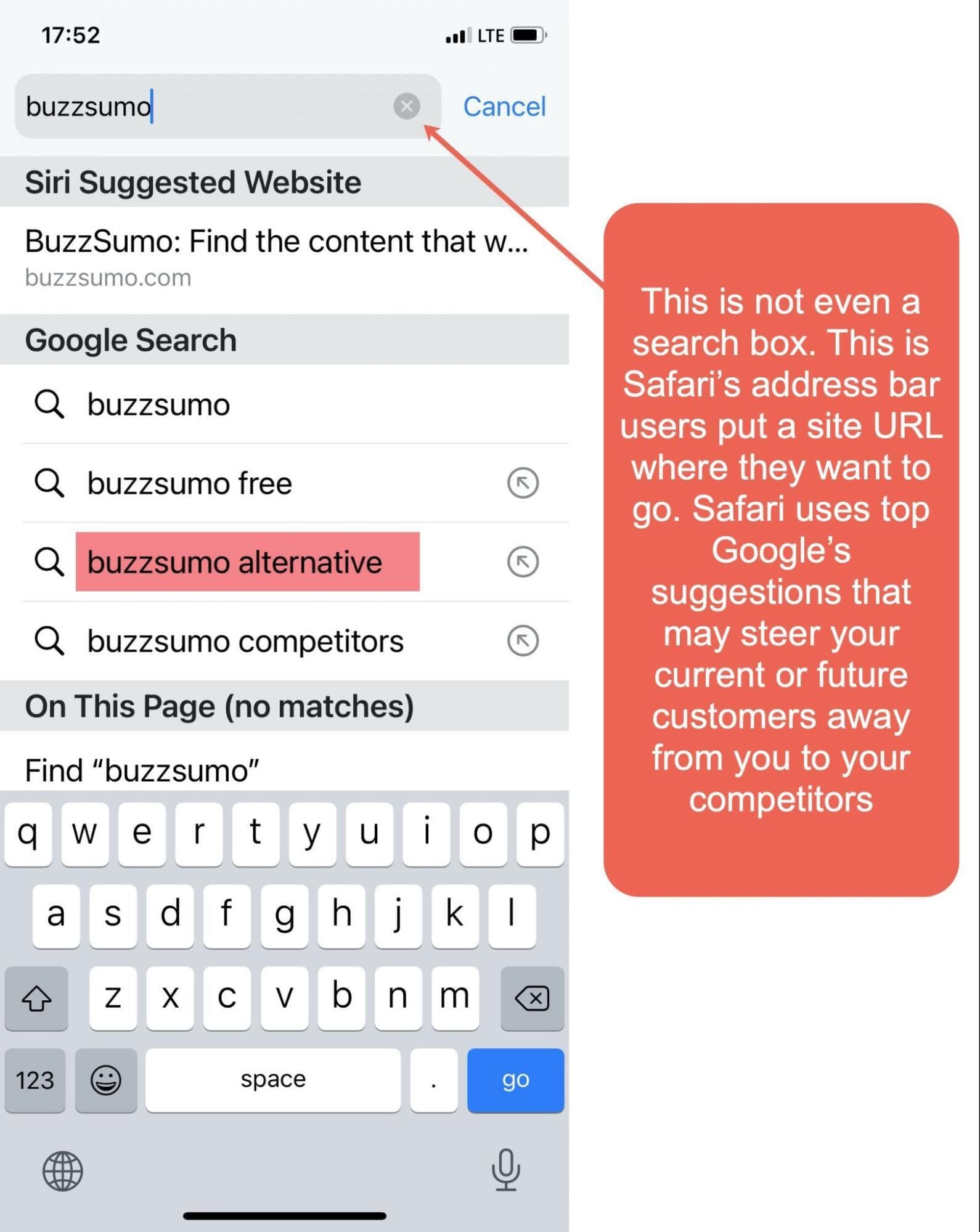
“这甚至不是搜索框。这是 Safari 的 URL 栏。Safari 使用 Google 的顶级建议,这可能会将您当前或未来的客户引向竞争对手。”
基本上,这意味着品牌化的 Google 建议可能会影响您的买家的决定,即使他们并没有真正搜索任何东西。
我确定您想知道:当人们输入您的品牌名称时,有什么方法可以更改 Google 显示的内容?
抱歉不行。
没有长期的方法可以以某种方式影响 Google 的建议。当然,您可以尝试聘请大量搜索者来输入您的品牌名称的其他组合,以说服 Google 将其包含在这些结果中。但即使它有效,谷歌也会在你停止支付军队后不久删除该建议。
影响您的品牌建议的另一种方法是通过一些新产品、报告或新闻进行病毒式传播。这些建议中通常包含快速上升的搜索词。
然而,一旦人们停止搜索该查询,结果也将被替换为不同的。
话虽如此,您可能需要按原样处理品牌的 Google 建议结果。
品牌 Google 建议的类型
令人惊讶的是,品牌经常完全忽视他们的品牌搜索建议。事实上,这些即时输入的结果可能会告诉您很多关于您的品牌认知以及买家旅程的信息:
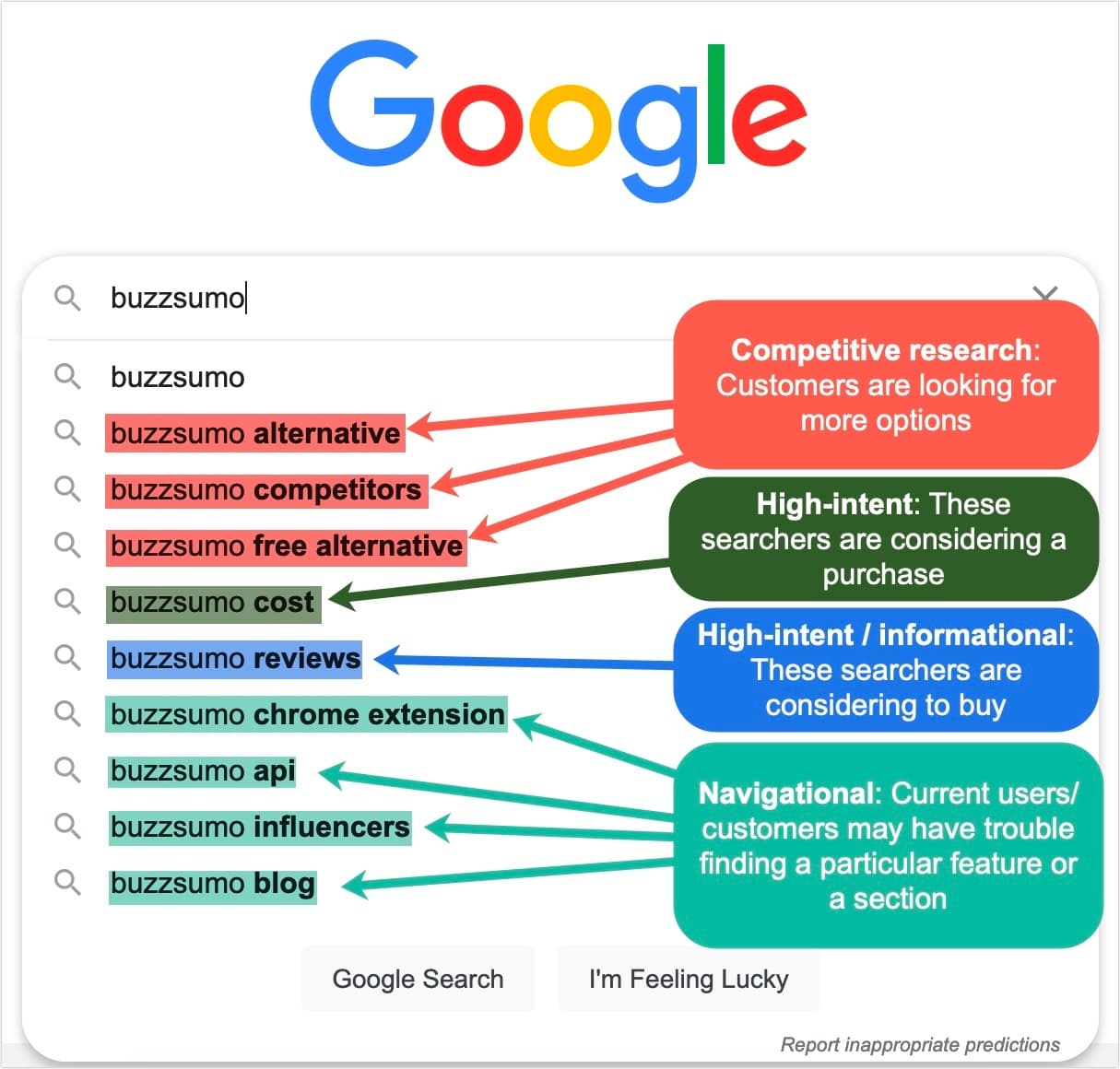
在我们的示例中,品牌的域仅在四个查询中排名第一。所有其他品牌建议均由第三方域控制:

使用关键词研究工具
您的品牌名称是您最重要的关键词。您希望人们更多地搜索您的品牌,因为这有助于您评估您的营销工作并衡量品牌知名度。但是您还想确保您的品牌搜索结果将这些搜索者推到您的销售漏斗中,而不是把他们吓跑。
Moz 的关键字资源管理器非常适合:
- 它将拉动您的各种品牌搜索查询。
- 它将向您显示包含您的品牌名称的每个查询的搜索量。
- 它提供了一些很酷的过滤器,让您可以使用您的列表。例如,您可以将搜索查询过滤为问题或按词汇相似性对其进行分组。
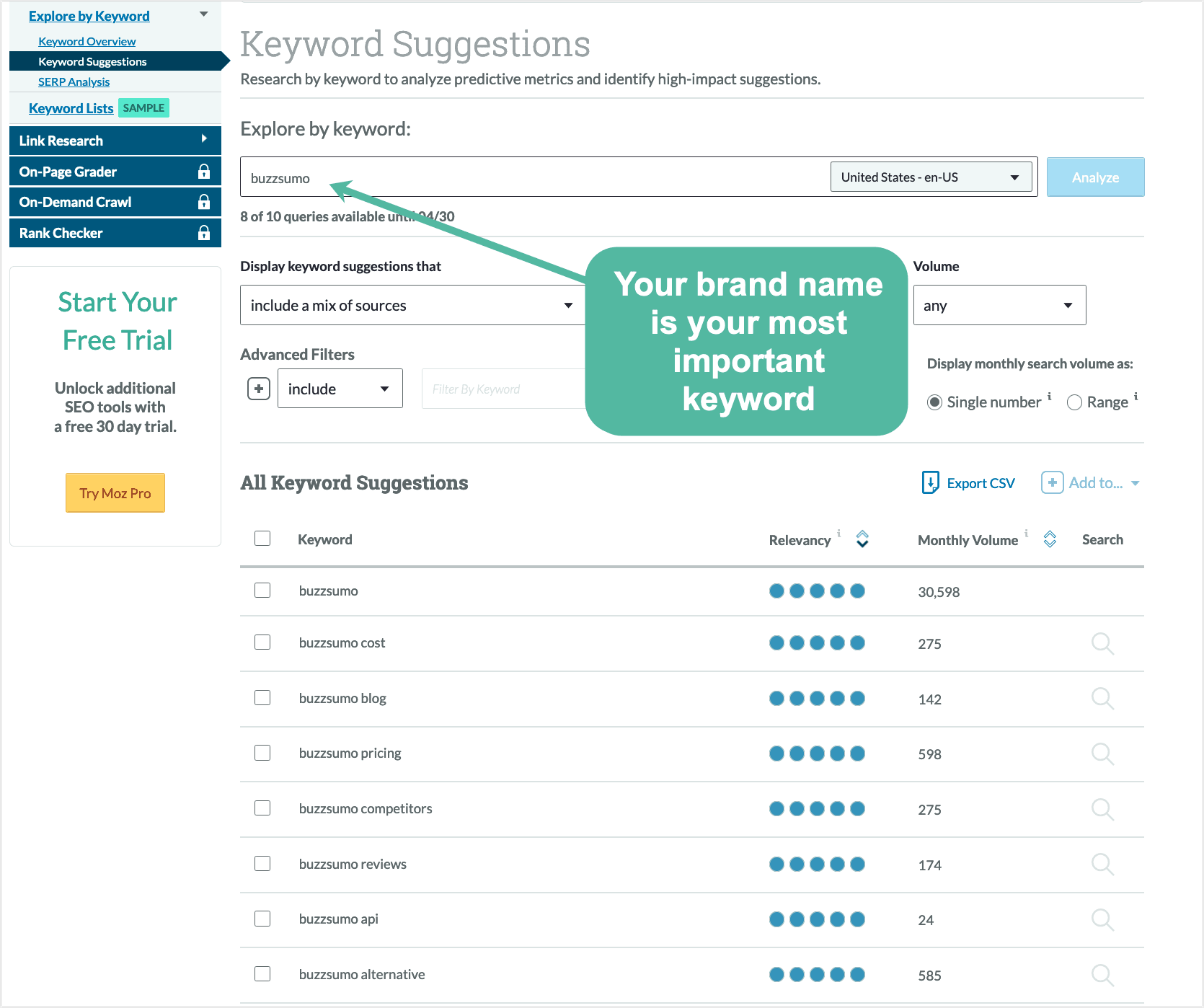
密切关注品牌问题
问题通常会在自然搜索中获得额外的可见性,因为它们经常会触发精选片段。此外,谷歌在搜索结果页面中有一个单独的部分,称为“人们也问”。
我喜欢将问题用作我正在处理的任何内容的副标题。当被表述为问题时,副标题似乎会吸引读者更深入地了解页面。
品牌关键词灵感的三个有用来源包括:
1. Moz 关键字资源管理器
Moz 关键字资源管理器为您提供了一种按问题过滤关键字列表的简单方法:
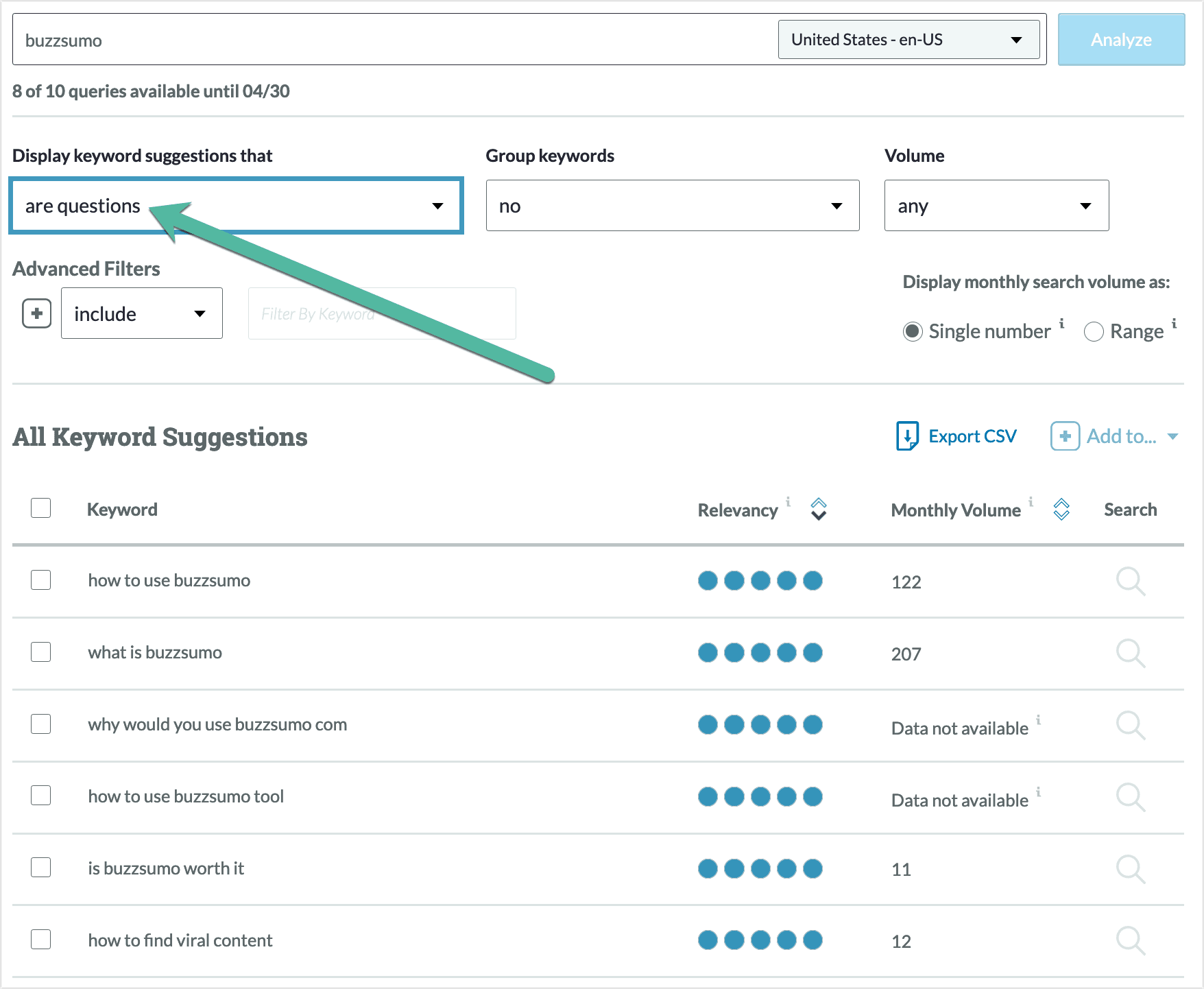
2. 谷歌的“People Also Ask”
简单地搜索谷歌可以给你一些问题的灵感。留意那些“人们也会问”框,并记录需要您注意的问题。您的目标也是对每个答案进行排名:
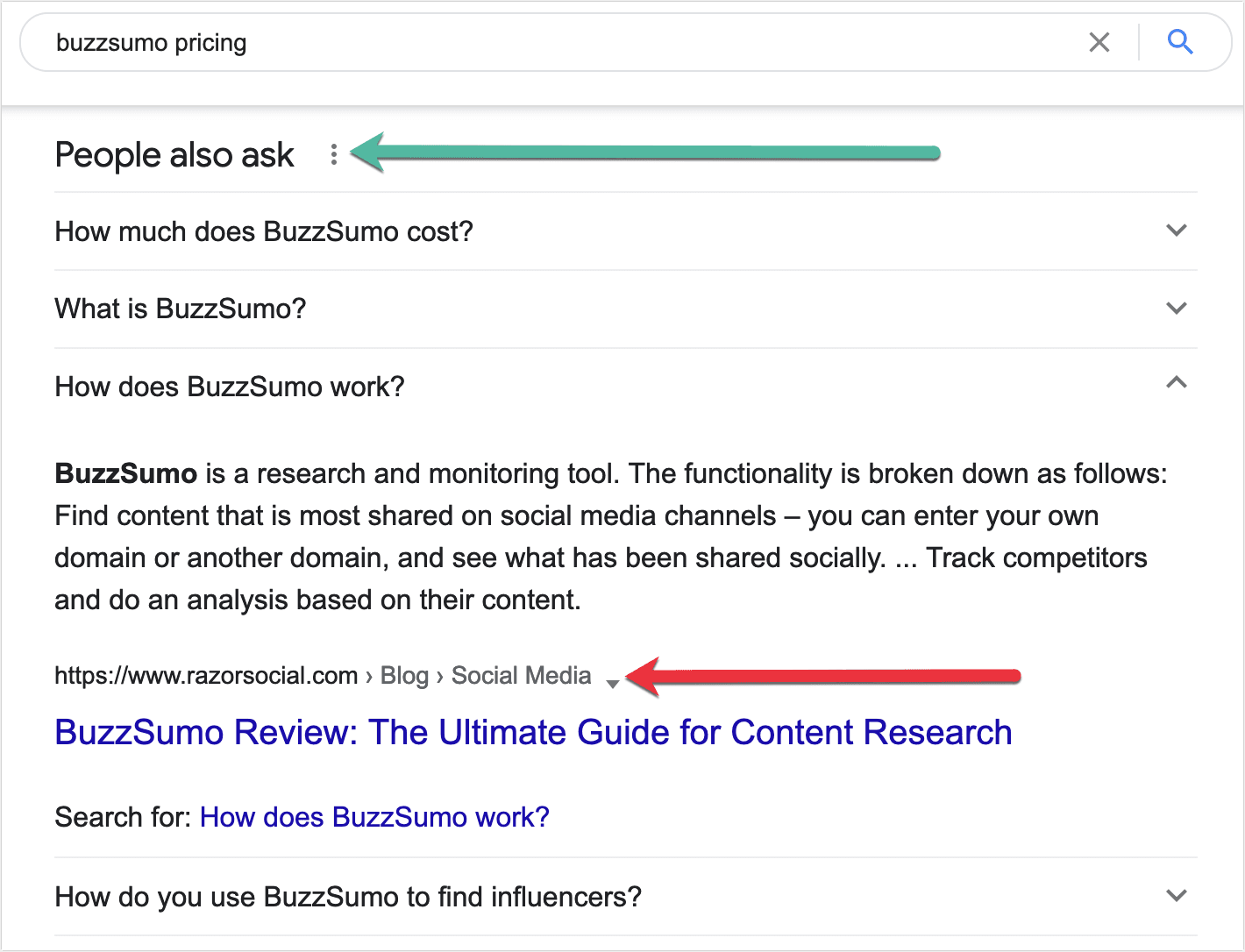
对于拥有数百个品牌搜索查询和问题的大型品牌,使用诸如 IMN 的内容优化工具之类的工具会更容易,该工具会针对您最重要的查询收集 People Also Ask 的结果(免责声明:这是我工作的公司)。
如果您想多玩一些,People Also Ask 框也可以让您了解 Google 认为什么是相关的,因为 Google 会根据您点击的品牌驱动问题显示不同的后续问题:
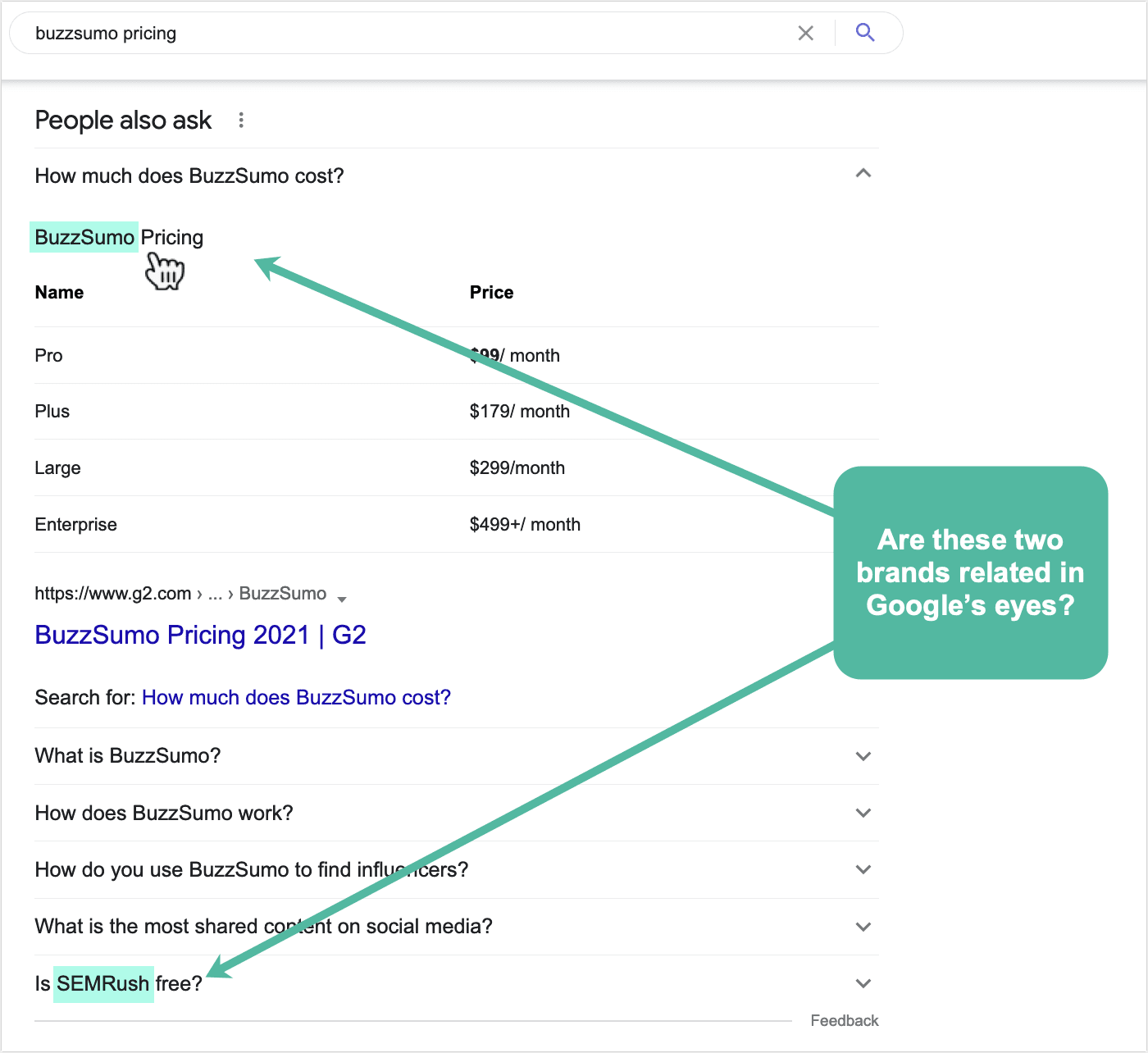
3.文本优化器
最后,我的几乎所有 google SEO 任务的首选工具,Text Optimizer 提供了一个单独的问题部分,可帮助您更好地了解受众的搜索模式:
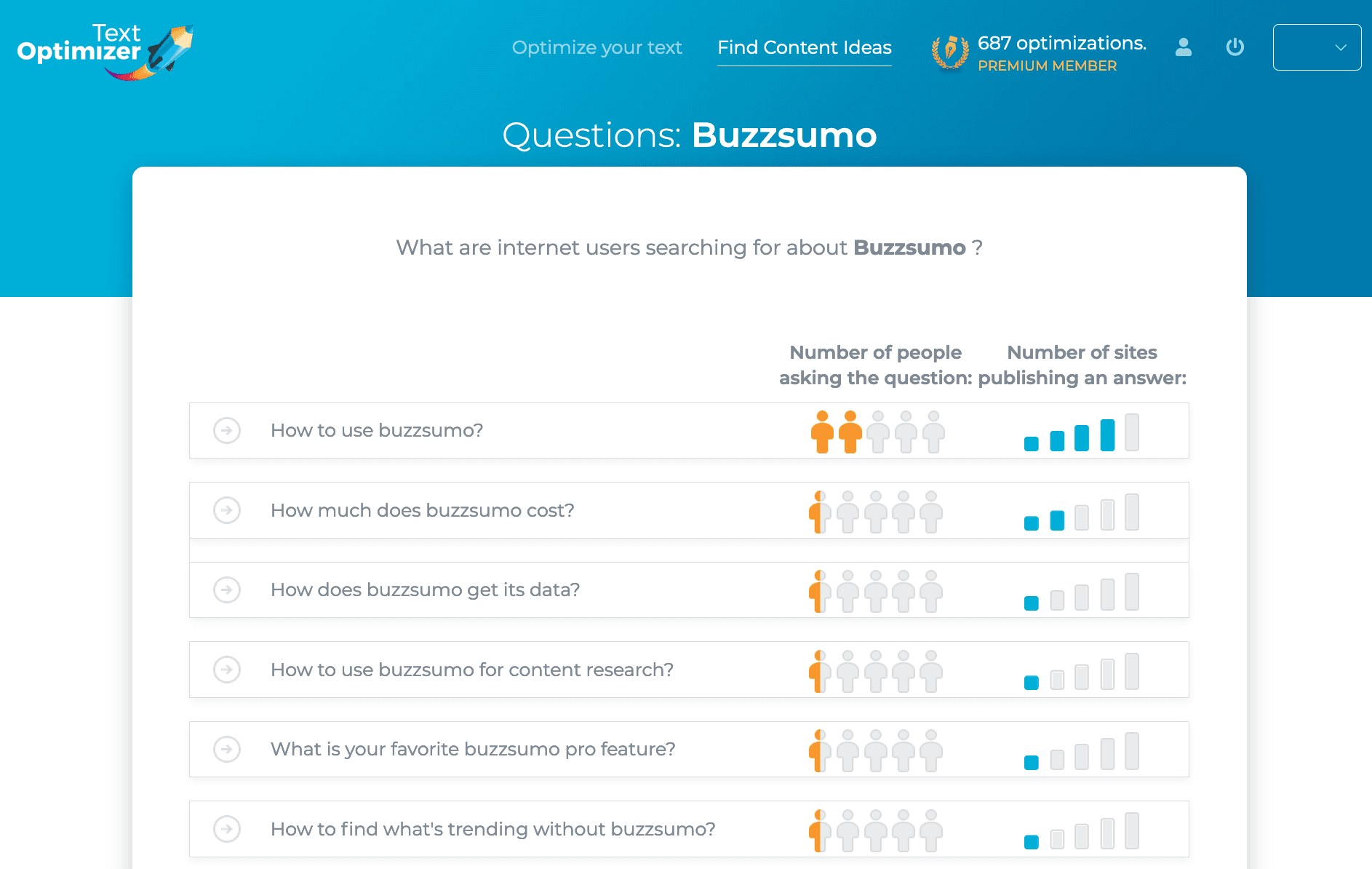
记下这些问题,以纳入您的内容营销计划。
对关键字进行分组
与任何关键字列表一样,您的关键字列表将有一个相同想法的多个变体,措辞略有不同。对于搜索量很大的广泛利基市场中的大品牌来说尤其如此。
这就是 Moz 的关键字资源管理器将再次变得有用的地方。查看您的 Google 建议结果并使用其中的关键字修饰符将您的列表按常用词分组:
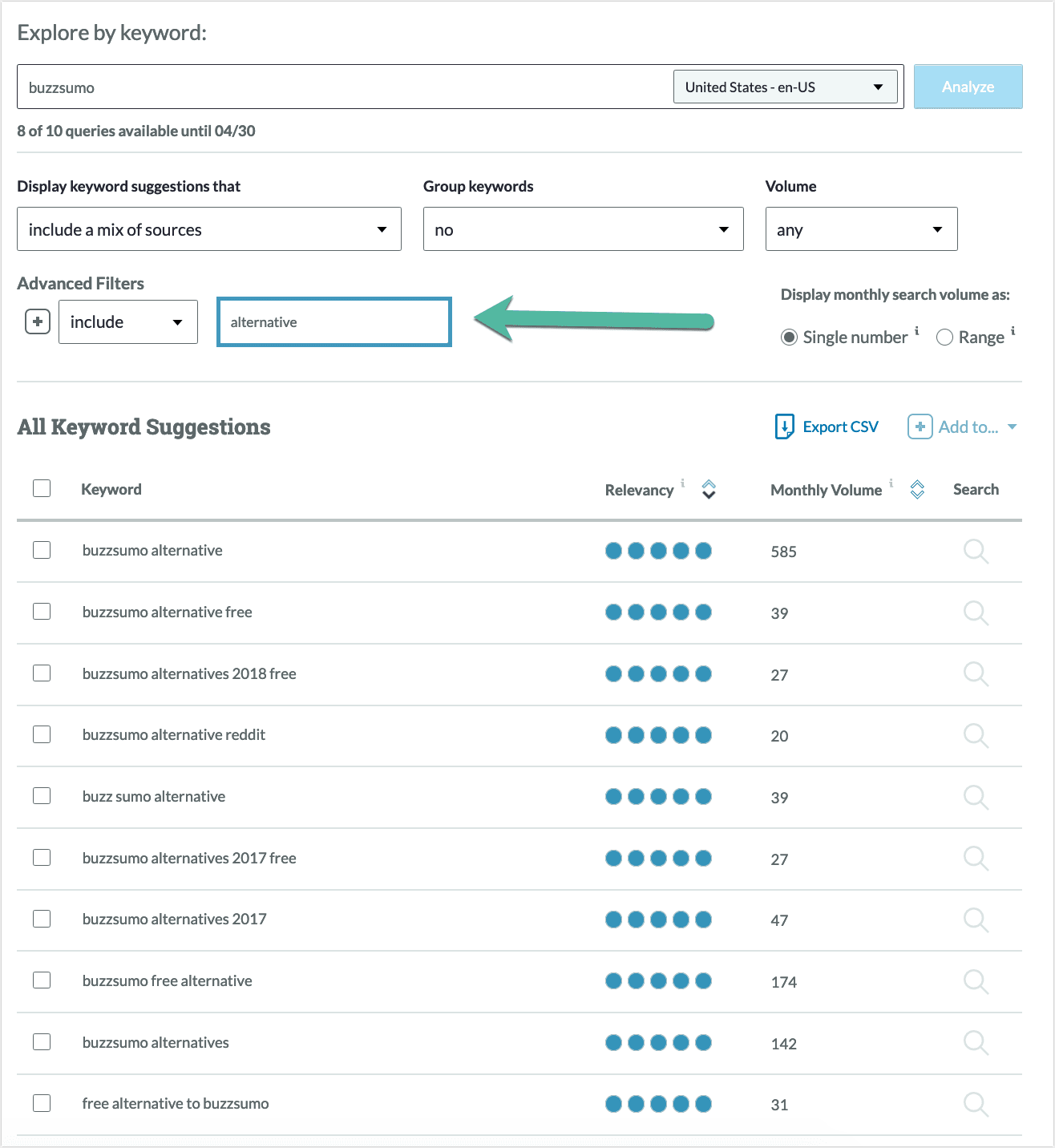
[这些本质上是在一篇文章中使用的关键字词组。]
您还可以使用 Moz 的关键字分组功能来发现更多要关注的组:
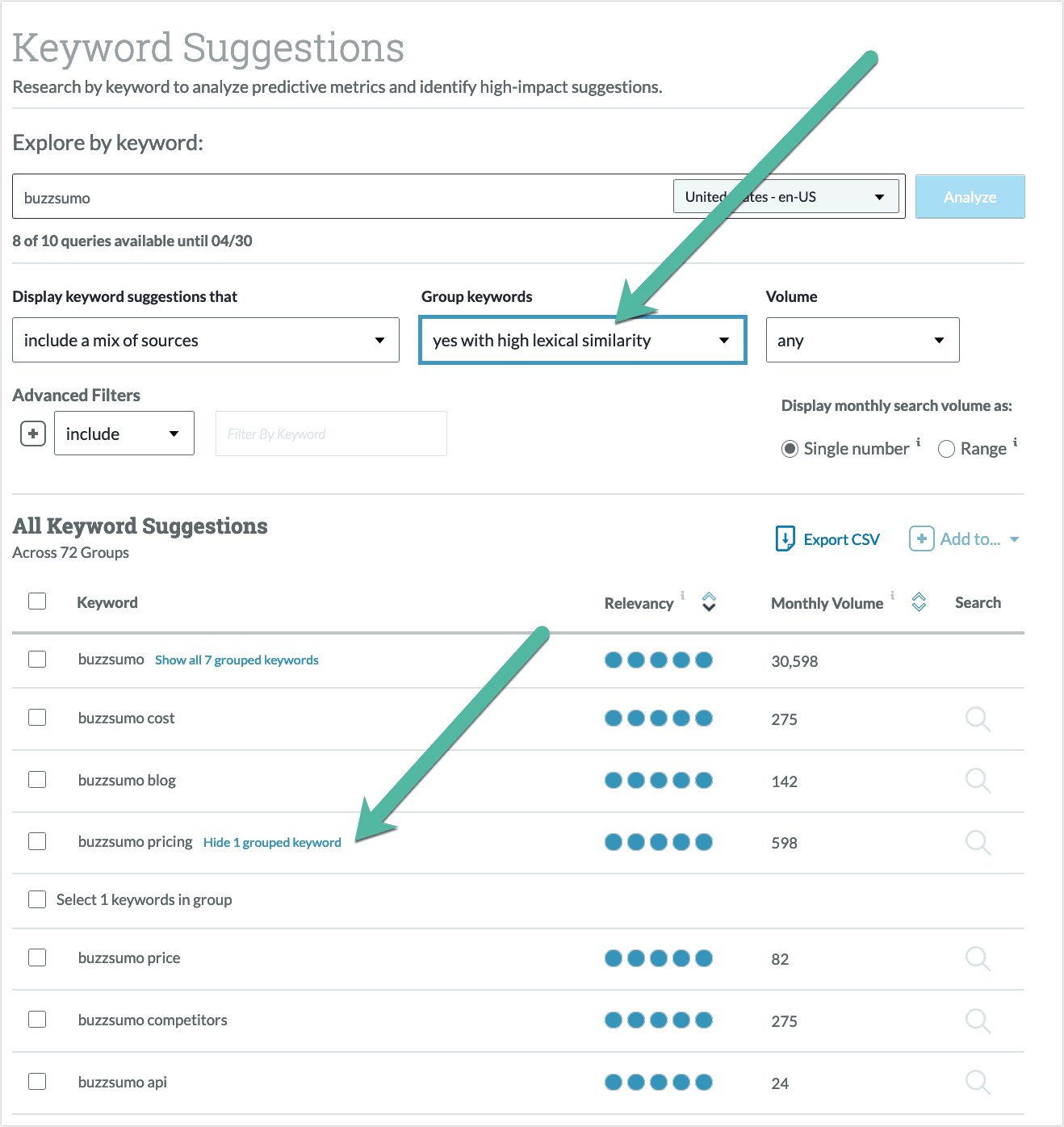
最后,对于您选择使用的每个关键字,您还可以运行 SERP 分析以查看排名靠前的结果以及 Google 的搜索元素:

如何优化您的品牌搜索
确定你目前的立场
我是一名谷歌 SEO,我的任何数字营销策略都是从排名分析开始的。为此,Moz 提供了强大的排名跟踪解决方案。
我目前使用的工具称为 SE Ranking,因为我喜欢他们每天保存每个受监控 SERP 的缓存快照的方式。对于品牌搜索监控,我尝试对每个查询进行比我自己的网站更高的排名(更多内容见下文),每个 SERP(和所有保存的记录)的特写视图正是我所需要的:
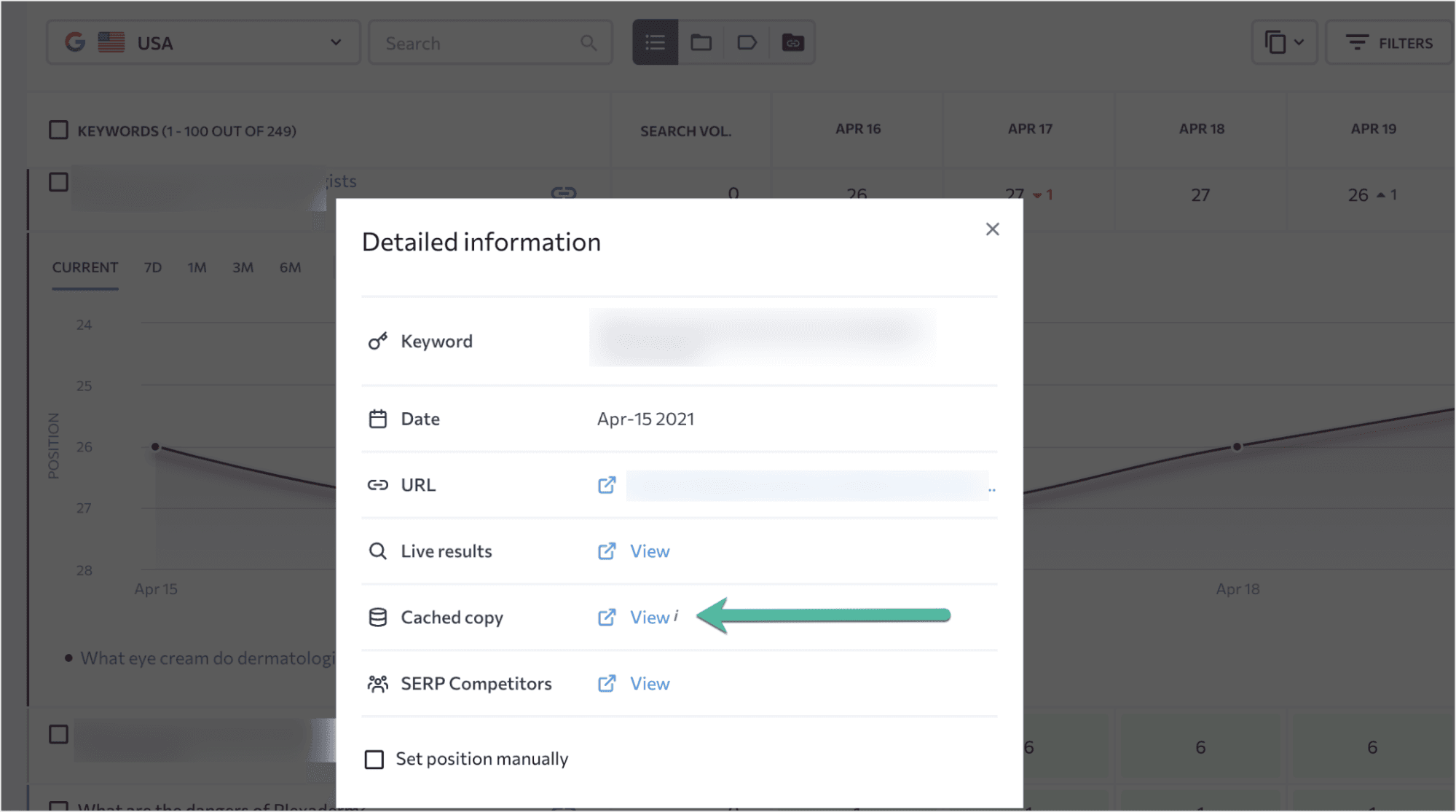
按意图和进一步操作对您的品牌搜索查询组进行分组
上面我提到我通过一个共同的修饰符或紧密的语义含义对品牌关键词进行分组,所以我的行动计划涉及这些组而不是单个查询。
This makes the work much more doable because I usually have to deal with no more than 20 branded keyword groups instead of hundreds of individual search queries.
When making my plan, I always note:
- Search intent
- Further action, which largely relies on where my site currently ranks for each one
Your possible action item for each of identified branded keyword groups may be:
- Optimizing your existing page
- Creating a new page
- Publishing a blog post
- Adding a separate section to your FAQ page
- Covering it in your Knowledge Base
As you may know, I love using spreadsheets for just about anything because they make data so easy to organize, and can even be turned into a schedule, if need be.
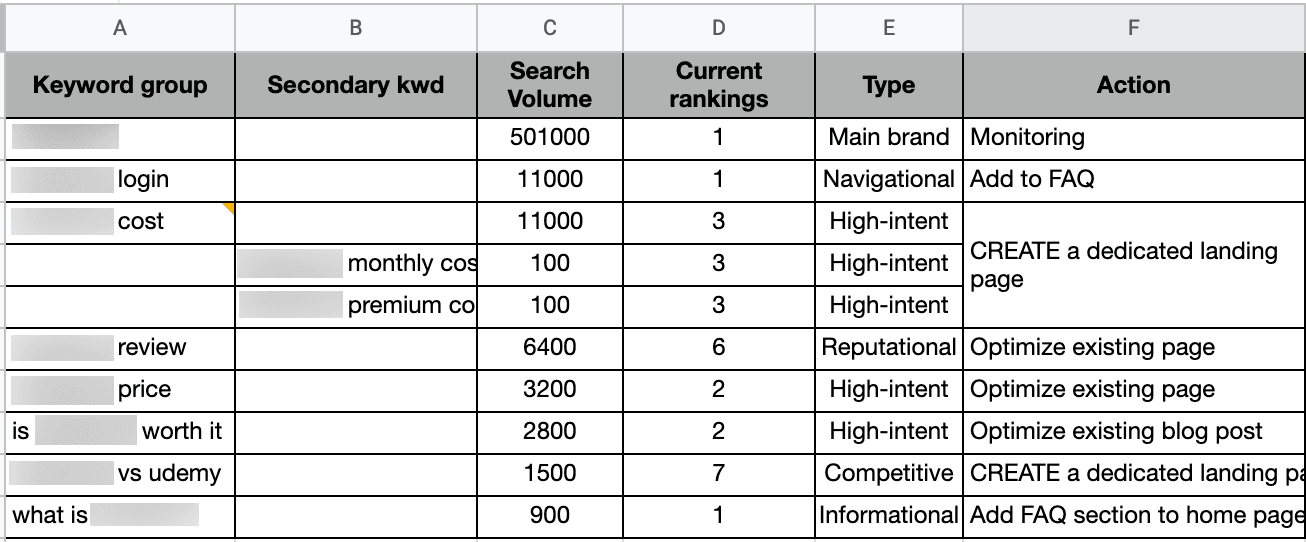
I break [cost] and [price] into different groups because the search volume is so high for both, they each deserve an individual marketing plan.
Go above and beyond
When it comes to branded search, the more of each SERP you control, the better your odds are at winning those brand-aware searchers.
Besides, branded SERPs (just like any other SERP out there) are more than organic links. They often include videos, images, “People Also Ask” results, and more. It’s worth noting all those additional search elements in your spreadsheet as well:

So optimizing your own site for each of these keyword groups may not be enough. To incur your brand’s visibility throughout branded SERPs, you may need to:
- Create and optimize videos (as well as host them in more places, other than Youtube).
- Create and optimize images (as well as host them all over available channels, including Instagram, Pinterest, etc.)
- Create and publicize more diverse assets using content re-packaging
- Maintain more long-form, content-based channels, including Medium and LinkedIn, etc.
- Set up mini sites targeting some of your most popular branded queries (including coupons, reviews, etc.). Namify is a great tool to come up with cool domain names to register:
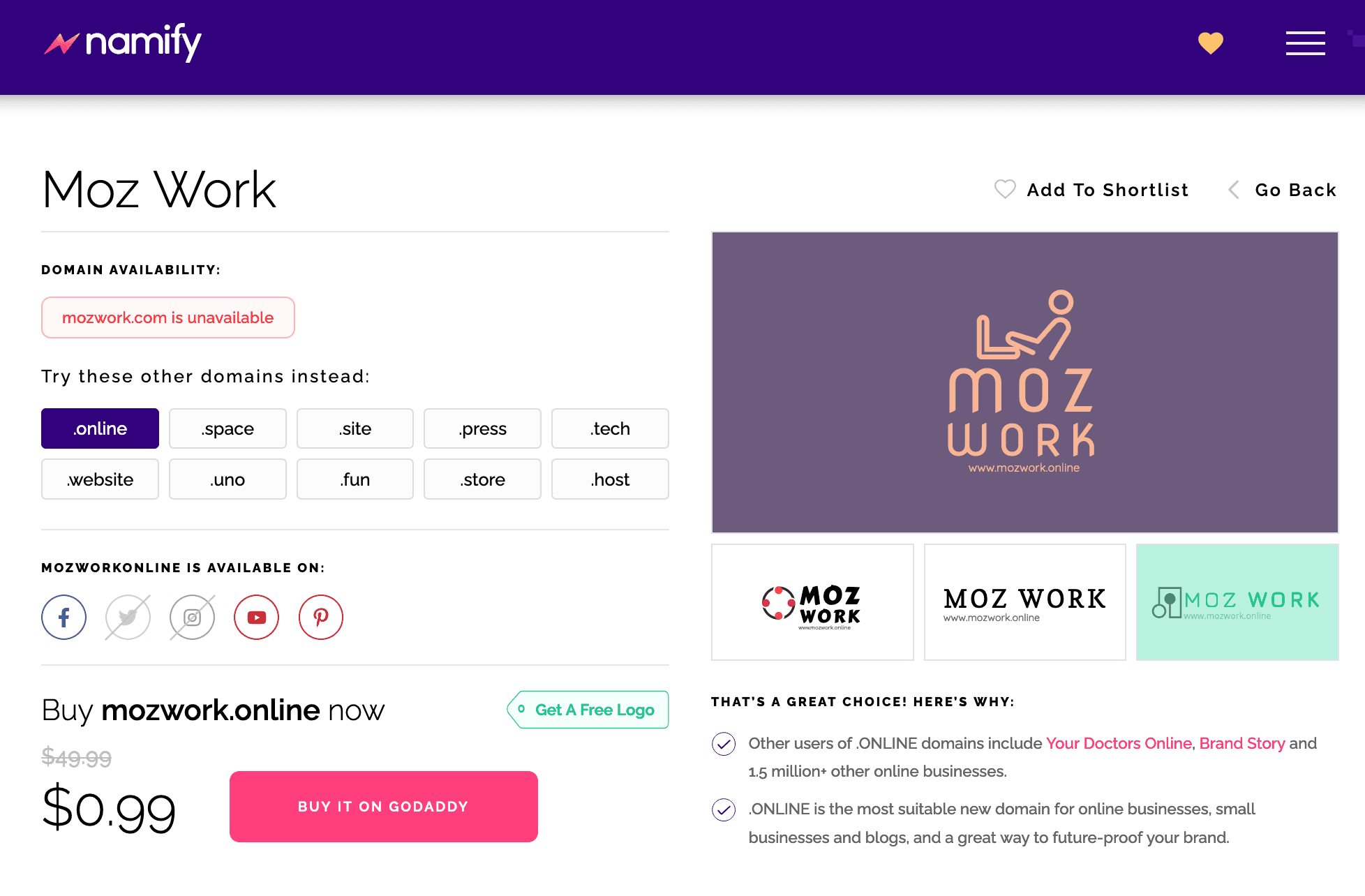
It’s a good idea to note additional assets to be created in your spreadsheet as well:

On top of that, it’s always a good idea to optimize for Google’s rich snippets to let your brand-owned search snippets stand out in search. Consider adding one of the following schema markup types to your brand-oriented content assets:
- FAQ schema for just about any page that answers more than two questions (this is where your question research will turn useful)
- HowTo for instructions
- Video schema if you have a video embedded
You also do want other departments of your company to be aware of some or many of those branded search queries. For example, navigational search queries may be a signal of some serious usability issues to be fixed, and some product-related queries may help you identify some product flaws to work on:

Interlink and monitor
Obviously, you still need links to rank all of your assets on top of branded SERPs, so it’s important to interlink your assets effectively, especially if you’re using more than your website to optimize for branded search.
- Use your website power to link to your third-party assets. This is the easiest to do. You can use your About page as well as your blog to send links to your other columns and channels to rank those higher.
- Don’t forget to link from video descriptions back to your site.
- Link all your channels together listing all your additional columns and accounts wherever possible..
Having to deal with so many channels and assets can be exhausting, but it is doable if you set up your monitoring routine right:
- Again, use a position monitoring platform to keep an eye on your positions.
- Use tools like LinkChecker to keep an eye on all the links and make sure you haven’t lost any.
- Keep an eye on your branded search traffic. Google Search Console is a free and easy way to do that. All you need is to limit your queries to your brand name and then compare that to the previous period to see if you are on the right track:
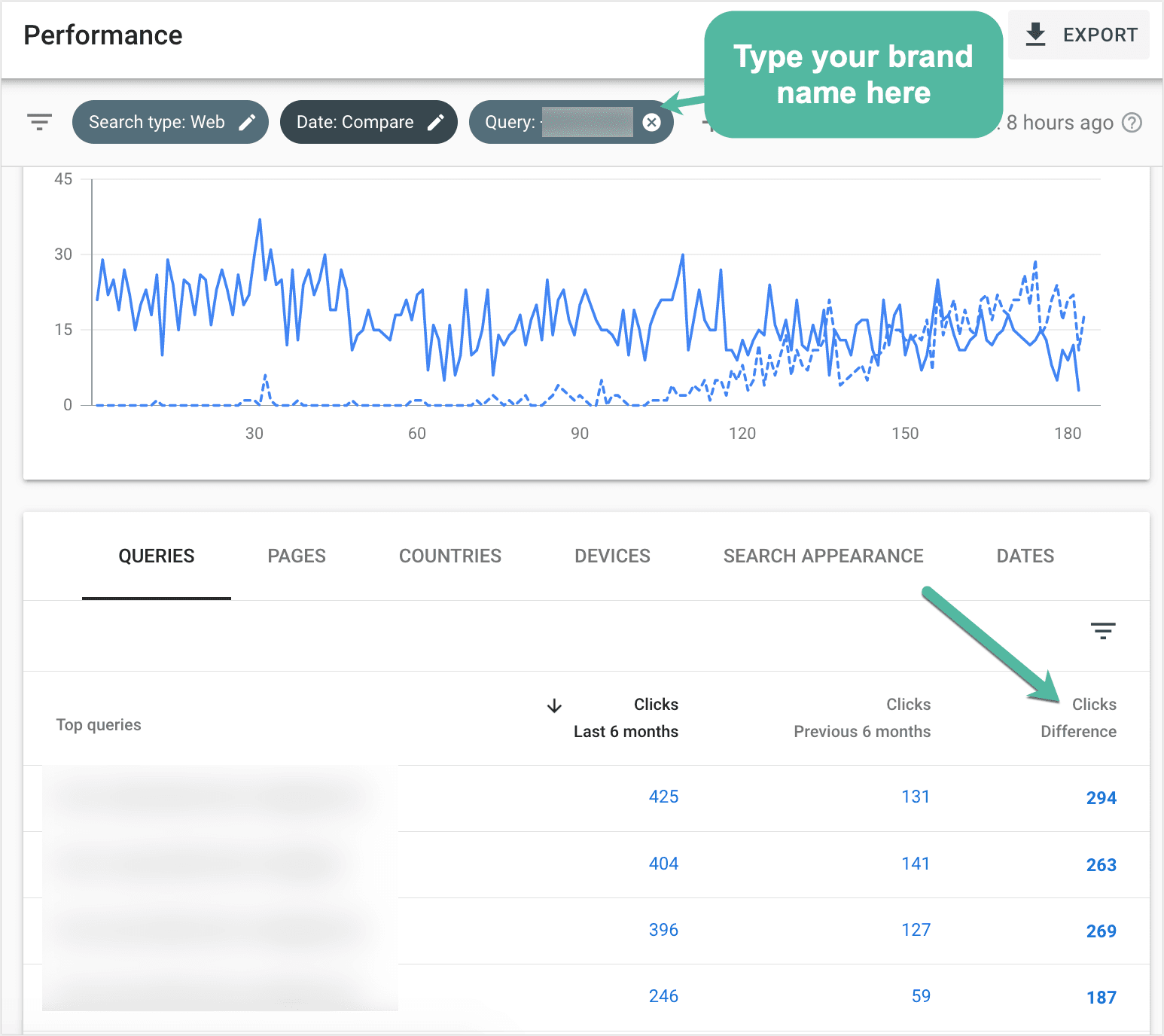
If Google is not the only search engine you’re interested in (for example, if you target Russian and Chinese markets), you can use Finteza, which gives aggregate traffic data from all search engines:

Conclusion
品牌化带来了许多好处,包括更高的转化率和收入。但它也带来了一个许多品牌都没有准备好的挑战:快速增长的品牌搜索。随着越来越多的人在线研究您的品牌,您需要不断改进品牌搜索优化策略。
因此,优化您的品牌搜索是一项持续的工作(因为我们都希望您的品牌能够继续增长),但希望上述步骤将有助于明确定义和实施它。

